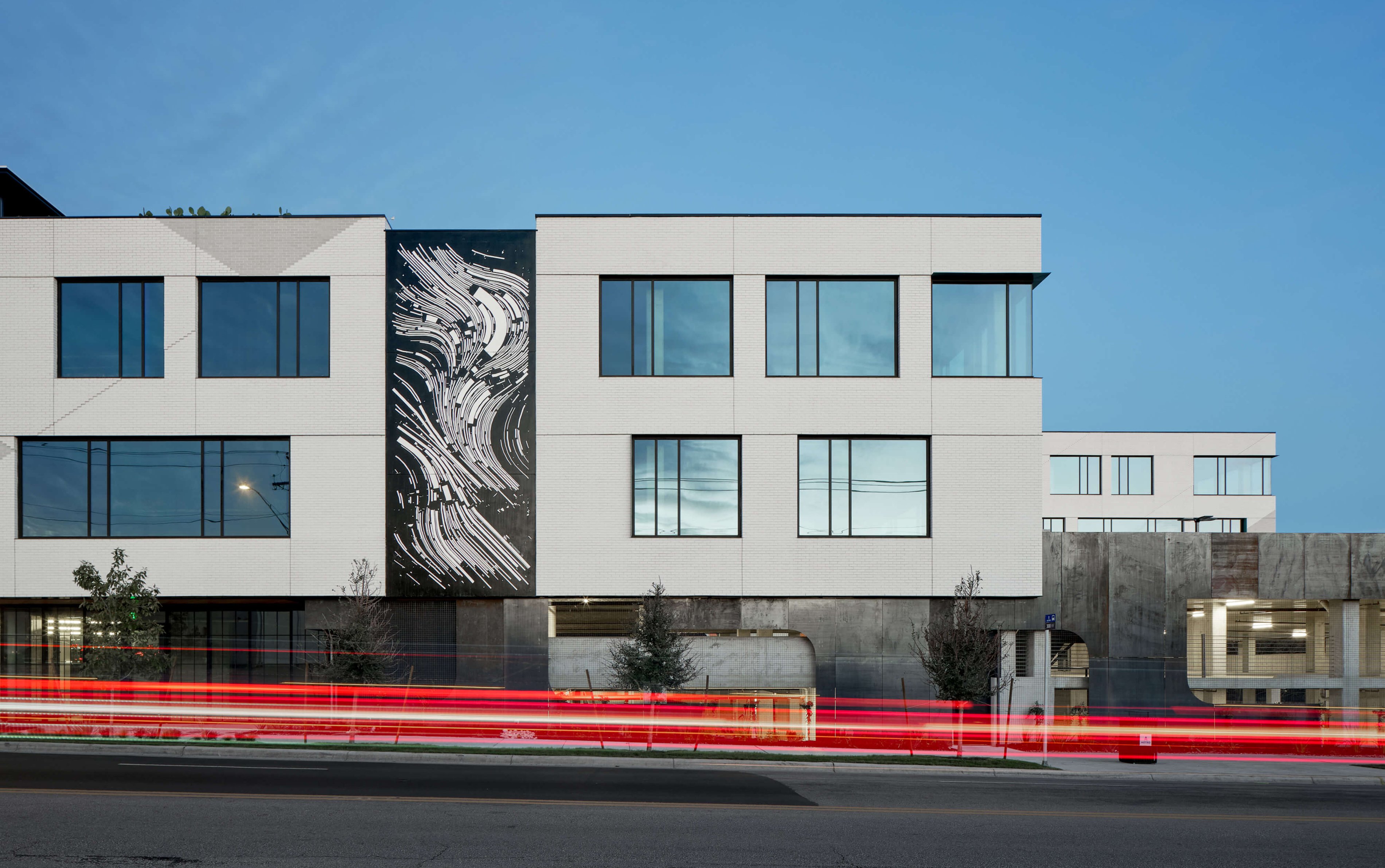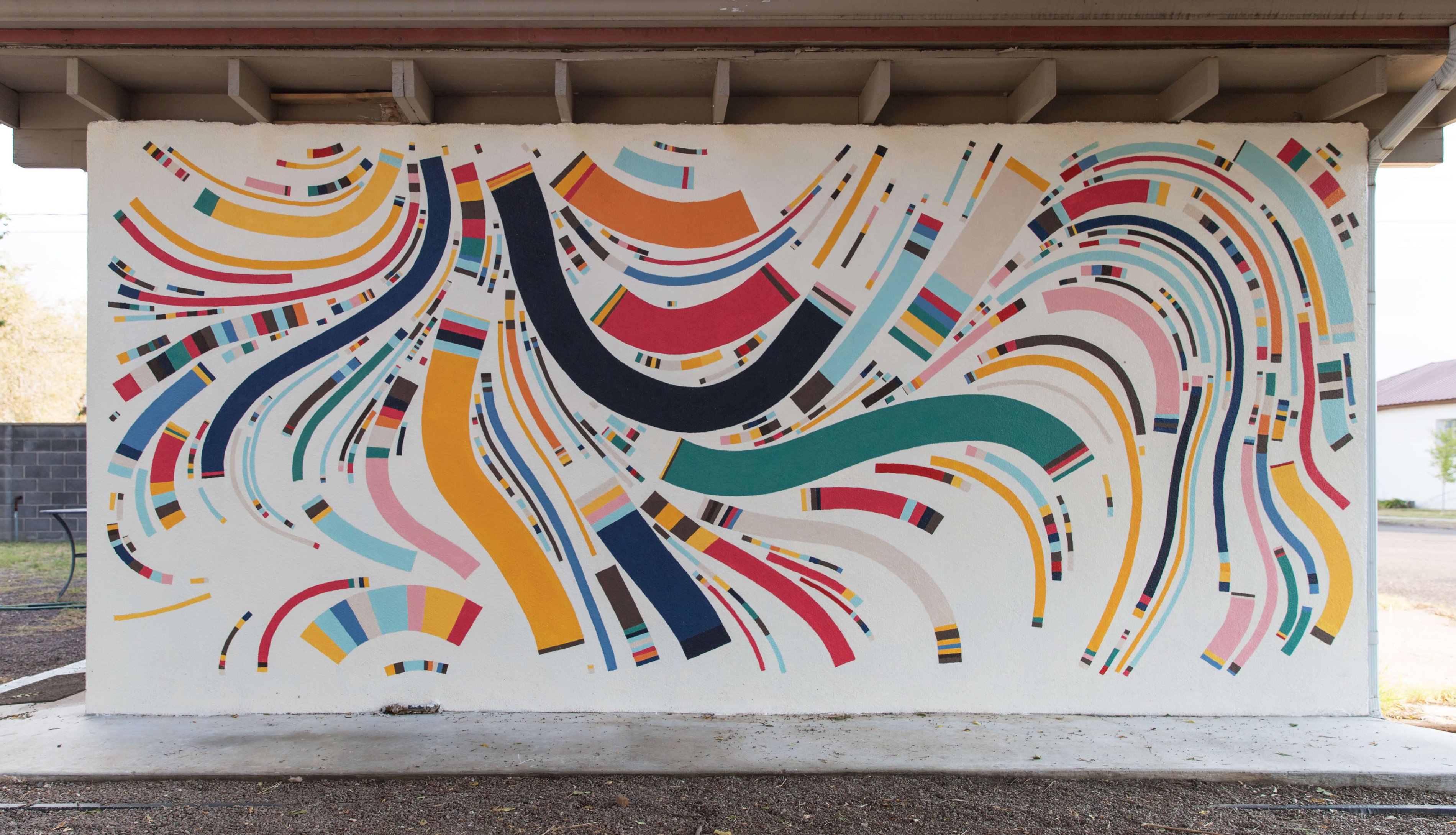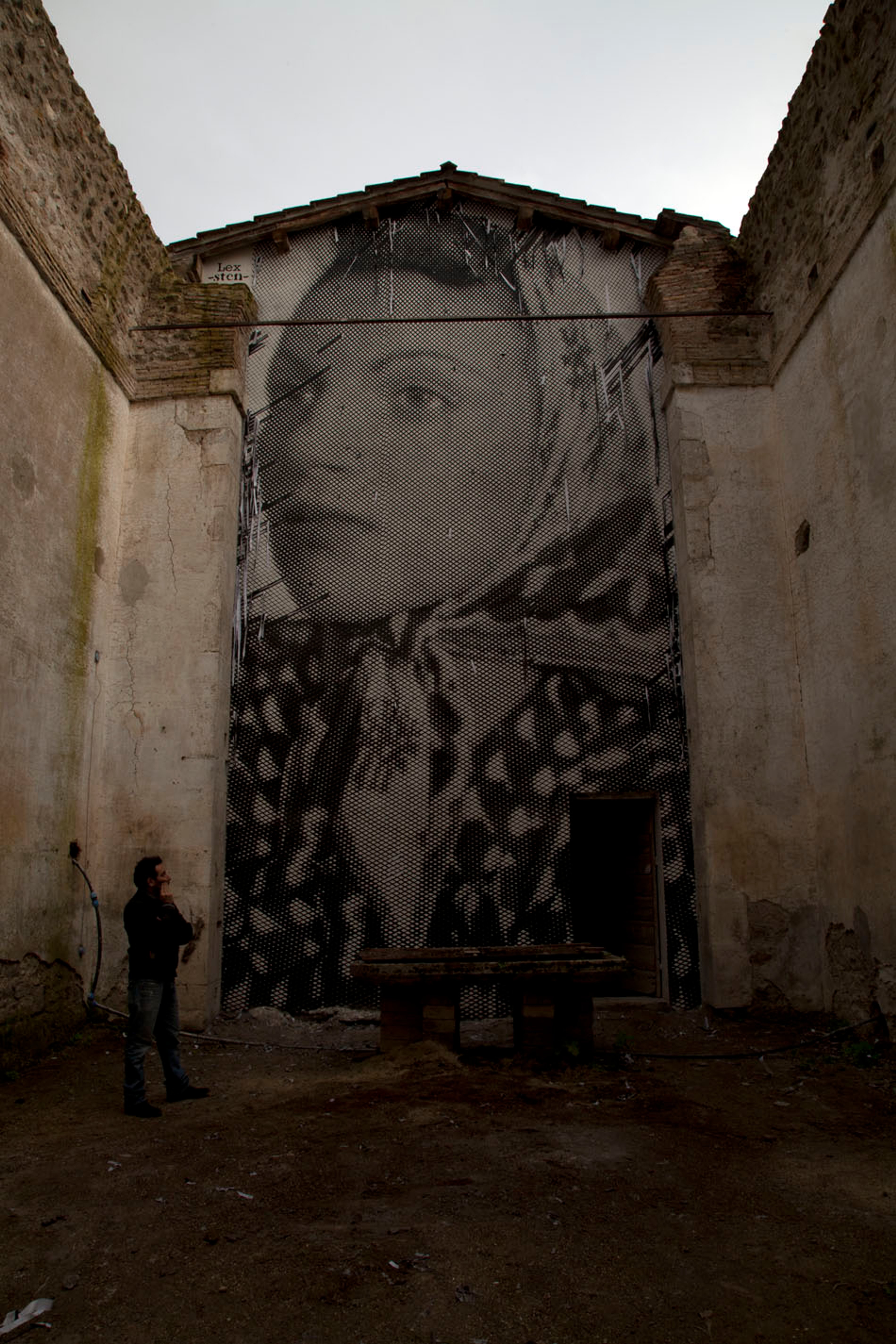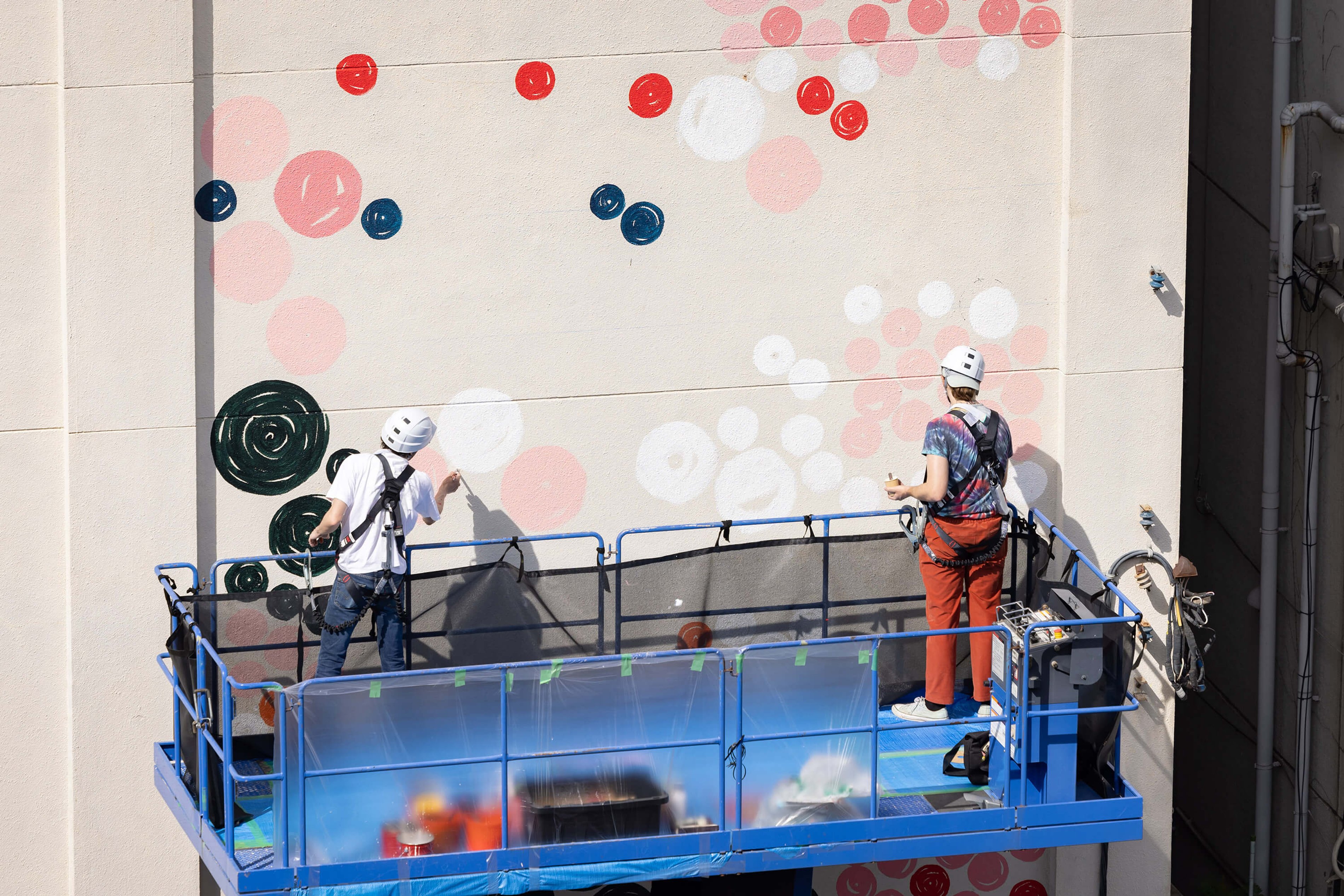What Makes a Good Mural Wall?

There are a number of factors that have to be balanced!
Location & Size
- Public-facing is a must. Not just for the inside of a business.
- Good foot traffic is ideal.
- Big cities are usually a good option, but small, interesting towns can also work (think Marfa).
- Tall walls (vertical orientations) are preferred over wide walls (horizontal orientations).
- While there is no limit to how large it can be, the smallest I would consider is comparable to the Fidenza Marfa Mural.

Fidenza Mural in Marfa, Texas

Sten Lex create amazing work in unusual, remote locations.
Wall Access (Getting Up the Wall)
- The best way to get up onto the wall to work is with a lift that can be driven right up to the wall.
To allow for this:- The ground must be flat and level
- The ground must be solid and able to support the weight of a lift
- Landscaping, trees, fences, and electric poles and wires shouldn’t block access
- For extra tall buildings or those without lift access, a swing stage can also be lowered from the top of the building. However:
- The building has to be specially set up for this, with the right hookups or materials on the roof
- Adapting the building for a swing stage can be very expensive and time-consuming if it’s not already good to go
- Window washing is the typical use for this
- Scaffolding is a potential third option, but I have no experience with it.

Two Lovers, In Structure in Tokyo, Japan
Wall Quality and Condition
- How “clean” is the wall as a canvas? Does it have a lot of windows, wires, AC units, ladders, or other clutter on the side of the wall? Less of those is better, although some amount can be worked around (or over).
- What is the texture of the wall? Smoother is better. Rough means more paint is needed, it’s slower to paint, and details cannot be as fine.
- The aesthetics of the wall and building are also meaningful, but too tricky to write a general rule for.
- Will the material of the wall deteriorate over time? Is there a thin/cheap layer of stucco on the outside that is already starting to peel away from the wall? The closer we are to working on the concrete, the better.
Longevity
- Is the wall easily accessible to taggers? Is it in a likely spot to get tagged?
- Which direction does the wall face? (North, south, east, west). In the northern hemisphere, facing north is best, because it’s the least direct sunlight. South is the worst. The paint will fade more quickly with direct sunlight.
- Rain exposure. Is it protected or exposed? Not as important as sunlight, usually.
- (Also see the last bullet point on Wall Quality and Condition - will the wall itself fall apart?)